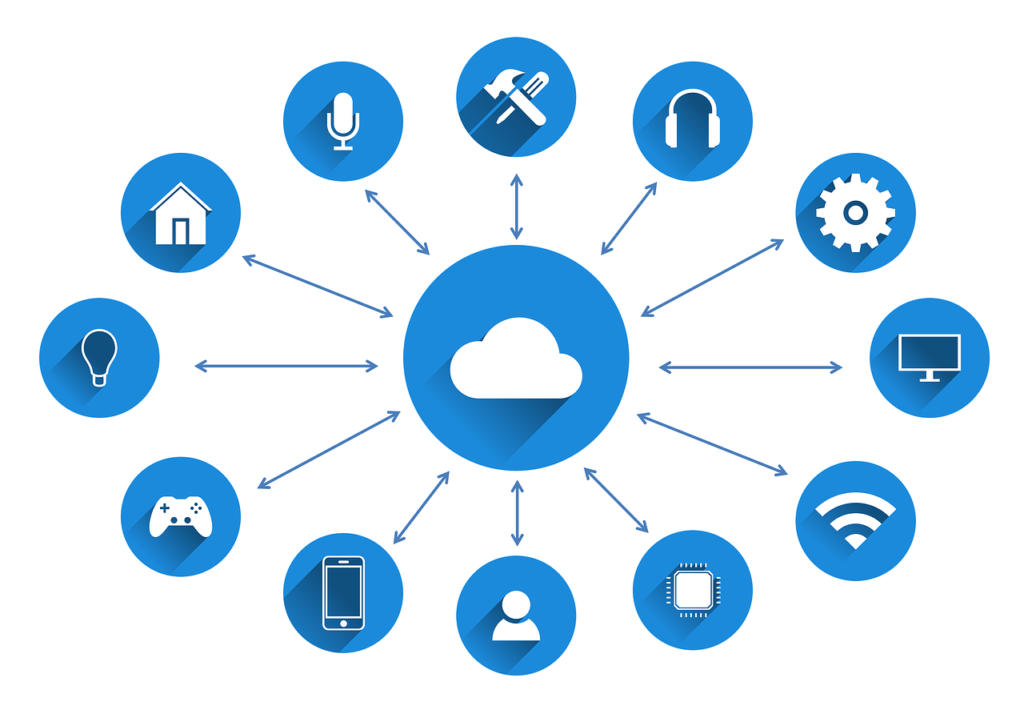At enablesIT we always have one eye on the future and how emerging technologies can benefit our clients – or otherwise. Blockchain has been around for over 30 years, but it really came into its own with Bitcoin in 2009. This real-world application of a well-researched system opened up possibilities for this technology that can maintain a secure and decentralised record of transactions, similar in use to a ledger or spreadsheet, making data in any industry immutable.
Benefits include a trust in IoT data, added security,
greater flexibility and new efficiencies. An accessible example of this in
action is the food chain – an IoT-enabled blockchain can store the
temperatures, position, arrival times, and status of shipping containers as
they move. In the past, with an outbreak of salmonella, or hazardous materials
accidentally introduced to foods, it has taken weeks to find the source of
these outbreaks or the cause of sickness from what people are eating. Using
blockchain allows brands to track a food product’s route from its origin,
through each stop it makes, to delivery. Not only that, but these companies can
also now see everything else it may have come into contact with, allowing
identification of the problem far sooner—potentially saving lives.
The integration of IoT and blockchain could be viewed as a perfect pairing. One of the main issues with IoT is its security, and that is where blockchain comes to its aid by securing the data from IoT sensors. But this is not just a one-sided relationship; as IoT tends to evolve with the help of blockchain, so blockchain becomes a more useful ledger and can also be claimed to be indispensable in some areas.

Other benefits include secure communication and cost
reduction – as technology advances, there is a need for better infrastructure,
a better connective ability to bring all transactions together onto a shared,
trusted network across businesses and industries. This can be seen across many
sectors with a good example being the insurance industry – health insurance
companies can assess the health of their clients through fitness wearables that
collect data on the user’s diet, activity, heart rate and blood pressure; smart
homes will benefit building and contents insurers; and drivers’ frequency on
the roads and driving behaviour will influence car insurance.
However, at the moment, blockchain has a limited capacity to
process transactions and store data as each block has a fixed size, sometimes
affecting the performance and speed of a network. It consumes a lot of energy
and resources to maintain its operation and security – generating a high carbon
footprint and environmental impact – and faces many legal and regulatory
challenges as it operates in a decentralised and borderless manner. It also
lacks user-friendly interfaces and features that can appeal to the mass market.
Moreover, blockchain users have to take full responsibility for their own data
and assets, as there is no central authority or recourse in case of loss or
theft.
As IoT continues to evolve and its adoption continues to
grow, the ability to autonomously manage devices and actions taken by devices
will be essential. Blockchain and smart contracts are positioned well to
integrate those capabilities into IoT.